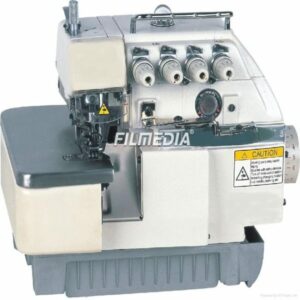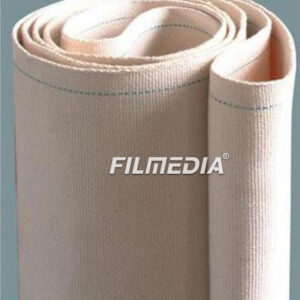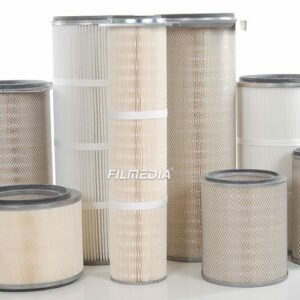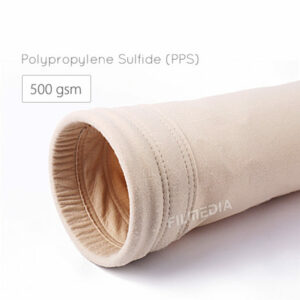Filtration mechanism of membrane filter
Filtration mechanism of membrane filter
The membrane-coated filter material is a composite of a microporous membrane made of dispersed polytetrafluoroethylene resin and various substrates. The biggest feature of the filter material is surface filtration, which can improve filtration efficiency and improve the problems of increasing filtration pressure and high concentration of fine dust emissions that often occur in traditional filtration methods. Since the 1980s, PTFE coated filter media has been widely used in many fields such as industrial dust removal and liquid filtration.
Filtration mechanism: The mechanism of membrane surface filtration is the same as that of dust layer filtration, which mainly relies on micropore sieving. Due to the small pore size of the membrane, a large part of the dust particles can be blocked on the surface of the membrane to complete the process of gas-solid separation. This process is different from the separation process of the general filter material, and the dust does not penetrate into the fiber supporting the filter material. The advantage is that the filter bag can form a thin layer of air-permeable dust on the surface of the membrane at the beginning of the work, which can not only ensure higher dust removal efficiency, but also lower movement resistance, and easy dust removal. The dust peeling on the surface of ultra-thin film is very different from that of general filter bags. Tests have shown that the dust layer on the composite filter bag is very easy to peel off, and sometimes the dust will fall down before the dust removal mechanism moves. Another important fact is that even hydraulic dust (such as cement dust) will be peeled off at the initial stage of agglomeration on the surface of the film. However, if the phenomenon of dust agglomeration is serious or the flue gas is condensed, the coated filter material is powerless, and other measures must be taken to solve it.





